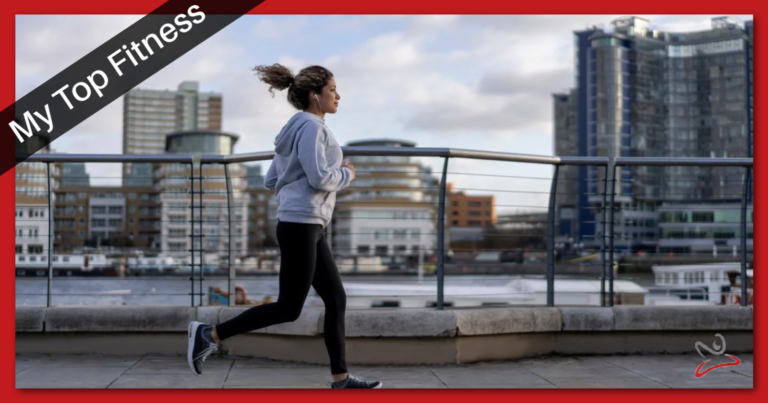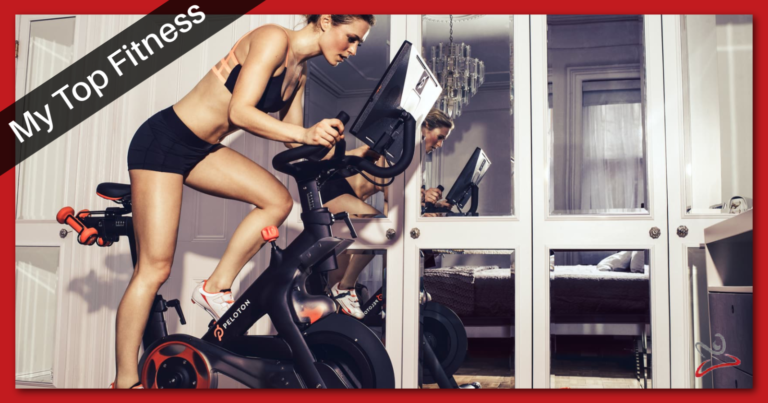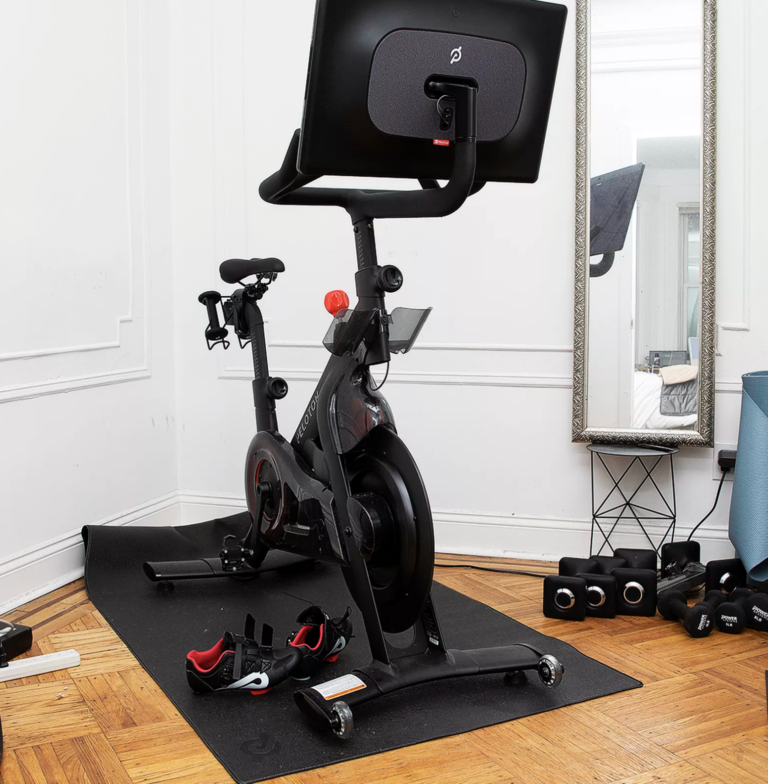How to Roll Shin Splints: A Quick and Easy Guide to Relieving Pain
Are you experiencing pain in your shins when you run or exercise? You may be suffering from shin splints, which is a common injury among runners and athletes. This can be caused by a variety of factors, including overuse, improper footwear, and muscle imbalances. Fortunately, rolling can be an effective way to alleviate pain and prevent further injury.
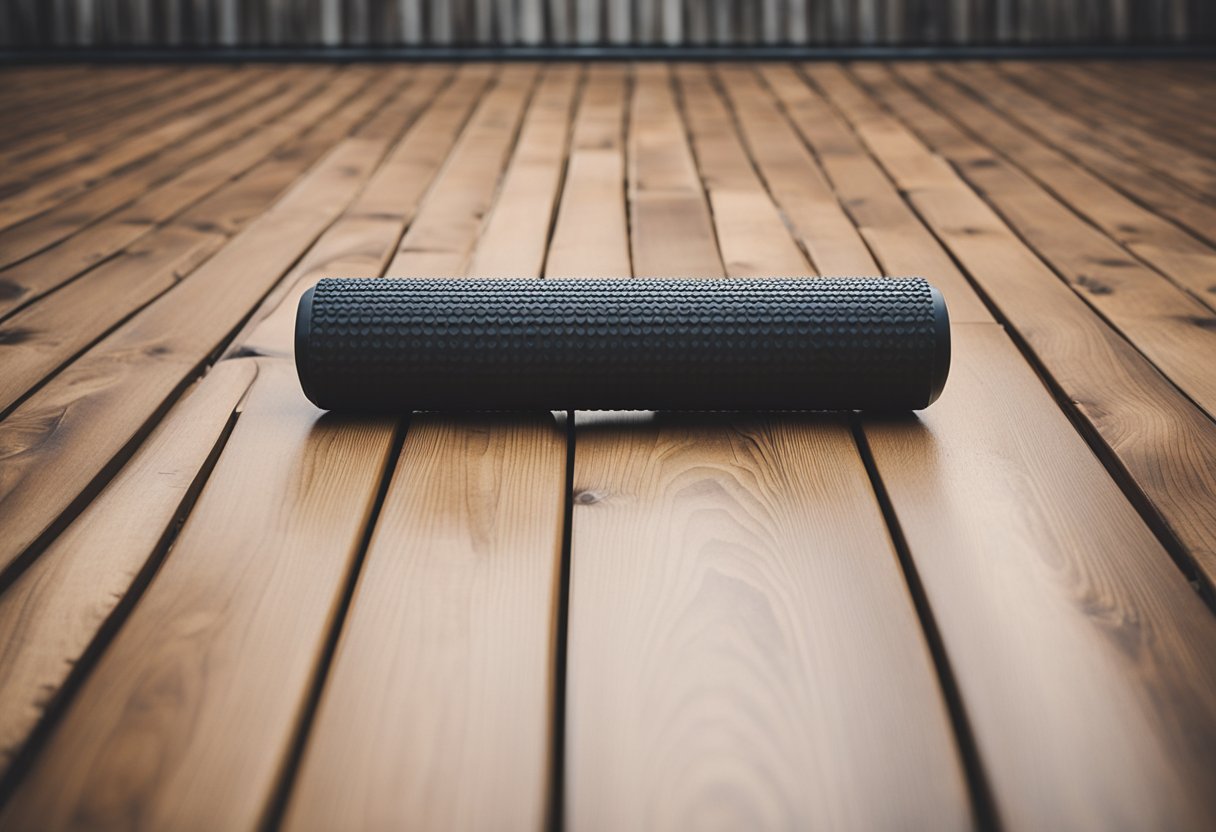
Rolling is a form of self-massage that uses a foam roller or other device to apply pressure to muscles and soft tissue. By rolling your shins, you can help increase blood flow, release tension, and reduce inflammation. Rolling can also help improve flexibility and range of motion, which can be helpful for preventing future injuries.
Key Takeaways
- Rolling can be an effective way to alleviate pain and prevent further injury from shin splints.
- Shin splints can be caused by a variety of factors, including overuse, improper footwear, and muscle imbalances.
- Rolling your shins can help increase blood flow, release tension, and reduce inflammation, while improving flexibility and range of motion.
Understanding Shin Splints
If you’re an athlete or a runner, you’re probably familiar with the discomfort and pain that comes with shin splints. Shin splints are a common overuse injury that affects the lower leg, specifically the medial tibial stress syndrome. It is caused by the inflammation of the muscles, tendons, and bones around the shinbone.
Shin splints can cause a sharp pain or dull ache along the shinbone. You may also experience swelling, tenderness, and discomfort when walking or running. The pain may be worse during or after exercise.
Overuse is the primary cause of shin splints. This can occur when you increase the intensity or duration of your workouts too quickly, or when you don’t give your body enough time to recover between workouts. Other risk factors include having flat feet, high arches, or poor running form.
If left untreated, shin splints can lead to more severe injuries like compartment syndrome. This is a condition where the pressure within the muscles increases, causing pain and swelling.
The good news is that shin splints are easy to prevent and treat. Rest, ice, compression, and elevation (RICE) can help reduce pain and swelling. You can also use foam rollers to massage the muscles along the shinbone to relieve pain.
In conclusion, understanding shin splints is crucial to prevent and treat this common overuse injury. By taking the necessary precautions and using proper techniques, you can reduce your risk of developing shin splints and other injuries.
Identifying Causes of Shin Splints
If you are experiencing shin splints, it is important to identify their underlying causes. Shin splints are a common problem among runners and athletes who engage in high-impact activities.
One of the primary causes of shin splints is overuse or overtraining. If you are a runner who increases the intensity or frequency of your runs too quickly, you may be putting too much pressure on your shins, leading to pain and discomfort.
Wearing improper shoes can also contribute to shin splints. Shoes that lack proper support or cushioning can increase the impact on your feet and legs, leading to pain and discomfort. If you have flat feet or rigid arches, you may be more susceptible to developing shin splints.
Running or walking on hard surfaces, such as concrete, can also lead to shin splints. Athletes who engage in high-impact activities, such as military training, are also at a higher risk for developing shin splints.
Uneven surfaces can also contribute to the development of shin splints. If you frequently run or walk on uneven surfaces, such as trails or hills, you may be more likely to develop shin splints.
Stress fractures can also cause shin splints. If you have osteoporosis or engage in high-impact activities frequently, you may be at a higher risk for developing stress fractures, which can lead to shin splints.
In summary, identifying the underlying causes of your shin splints is key to preventing future occurrences. By taking steps to address the root causes of your shin splints, such as wearing proper shoes and avoiding high-impact activities, you can reduce your risk of developing this painful condition.
Symptoms of Shin Splints
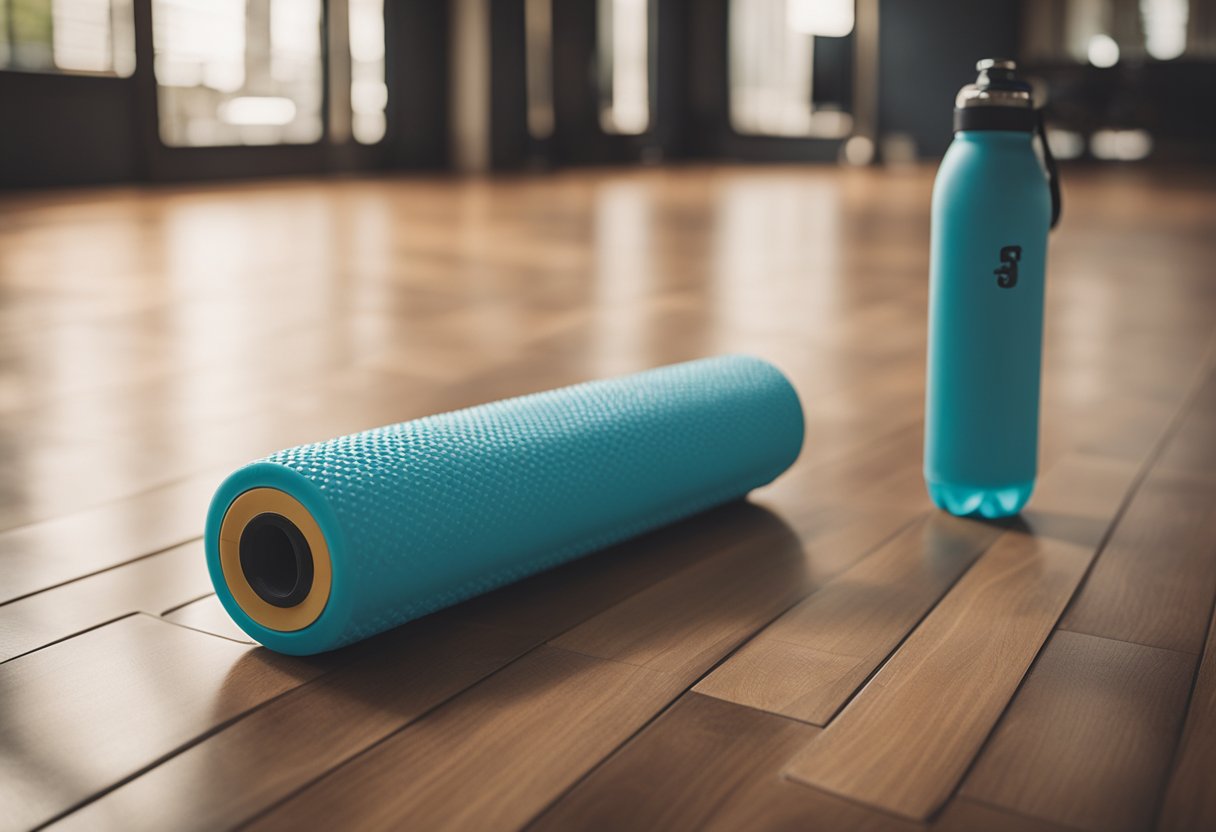
If you experience pain or discomfort in your lower leg, you might have shin splints. The pain can be felt along the inner side of the shinbone and can range from mild to severe. At first, the pain might stop when you stop exercising. However, if left untreated, the pain can become continuous and may progress to a stress reaction or stress fracture.
Other symptoms of shin splints include mild swelling in your lower leg and tenderness or soreness around the affected area. You might also feel a dull ache in the front part of your lower leg. The discomfort might develop during exercise or physical activity.
It is important to note that the symptoms of shin splints can vary from person to person. Some people might experience more severe pain and swelling, while others might only feel mild discomfort. It is crucial to pay attention to your body and seek medical attention if you experience any persistent pain or discomfort in your lower leg.
In summary, if you experience pain, discomfort, or swelling in your lower leg, especially around the shin area, you might have shin splints. It is important to seek medical attention if you experience persistent pain or discomfort.
Preventing Shin Splints
If you’re an avid runner or involved in high-impact sports, it’s important to take steps to prevent shin splints. Here are some tips to help you avoid this painful condition:
Proper Footwear
Wearing the right shoes is one of the most important things you can do to prevent shin splints. Make sure you have shoes that fit properly and provide adequate support. Look for shoes that have shock-absorbing insoles and a firm heel counter. Replace your shoes every 300-500 miles or every six months, whichever comes first.
Stretching and Range of Motion
Stretching before and after exercise can help prevent shin splints. Incorporate stretches that target the calf muscles and Achilles tendon. Focus on improving your range of motion by doing exercises that strengthen your ankles and feet.
Strength Training
Strength training can help improve your overall fitness and reduce your risk of shin splints. Incorporate exercises that target the lower leg muscles, such as calf raises and toe raises. You can also use resistance bands to add extra resistance to your workouts.
Rest and Recovery
Rest is just as important as exercise when it comes to preventing shin splints. Make sure you give your body time to recover between workouts. Avoid overtraining and listen to your body. If you feel pain or discomfort, take a break and allow your body to heal.
Training and Time
Gradually increasing your training intensity and duration can help prevent shin splints. Don’t try to do too much too soon. Build up your endurance and strength gradually over time. Incorporate cross-training activities, such as swimming or cycling, to give your body a break from high-impact activities.
By following these tips, you can reduce your risk of developing shin splints and stay on track with your fitness goals. Remember to always listen to your body and seek medical attention if you experience persistent pain or discomfort.
Diagnosing Shin Splints
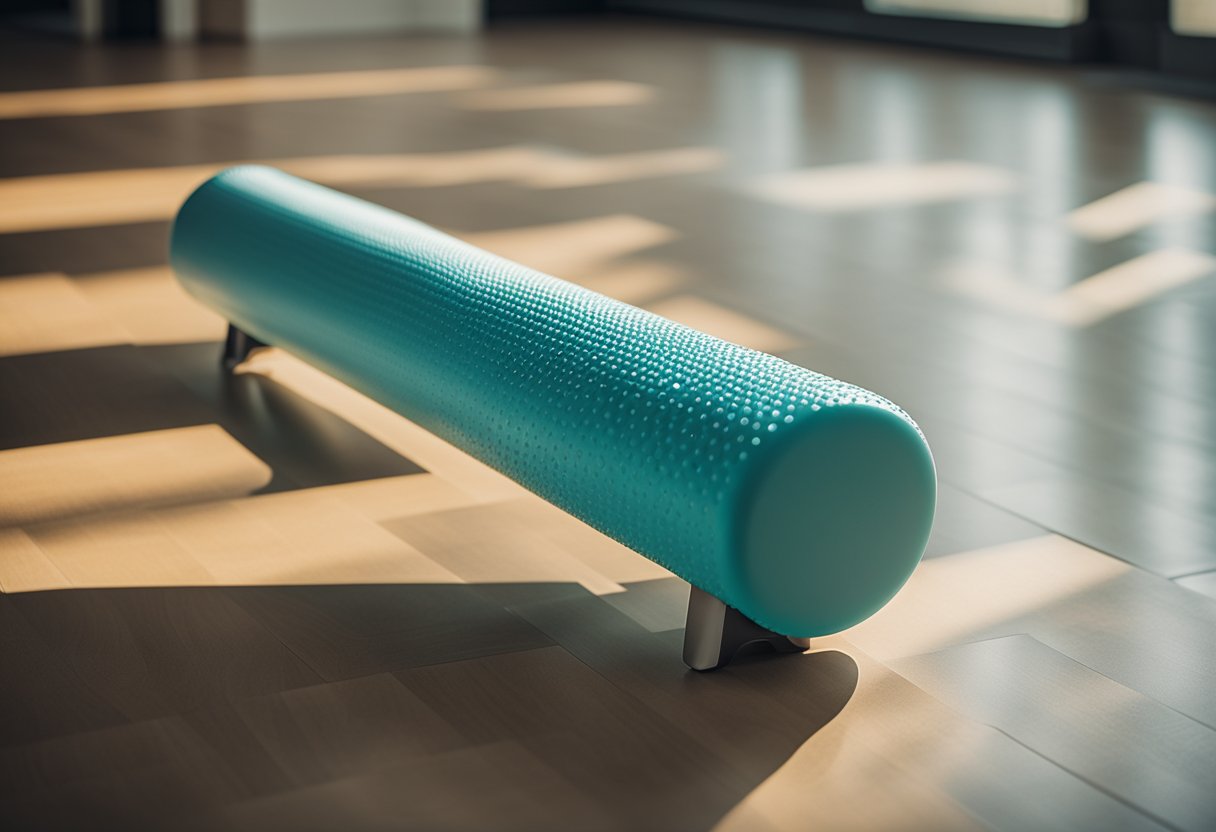
If you are experiencing pain in the front part of your lower legs, you may have shin splints. Shin splints is a common injury among athletes, dancers, and military personnel who engage in activities that involve running or jumping.
To diagnose shin splints, you should consult a doctor or healthcare provider. They will ask you about your medical history and perform a physical examination to determine the cause of your pain.
Your doctor may also recommend imaging tests, such as X-rays, magnetic resonance imaging (MRI), or a bone scan to rule out other potential causes of pain, such as a stress fracture.
It is important to seek medical attention if you suspect you have shin splints, as untreated shin splints can lead to more serious injuries.
In summary, if you are experiencing pain in the front part of your lower legs, consult a doctor or healthcare provider to determine if you have shin splints. They may recommend imaging tests to rule out other potential causes of pain.
Treatment for Shin Splints
If you’re experiencing pain in your shins, it’s important to take the necessary steps to treat the condition and prevent it from worsening. Here are some effective treatments for shin splints:
Rest
The first and most important step in treating shin splints is to rest the affected area. Avoid any activities that cause pain or discomfort, and take a break from any high-impact exercises, such as running or jumping. Instead, focus on low-impact activities like swimming or cycling that won’t put stress on your shins.
Ice
Applying ice to the affected area can help reduce inflammation and alleviate pain. Use a cold pack or ice wrapped in a towel and apply it to your shins for 15-20 minutes at a time, several times a day.
Compression
Compression sleeves or socks can help reduce swelling and provide support to your shins. However, there is no scientific evidence to support the use of compression socks for shin splints.
Elevation
Elevating your legs can help reduce swelling and improve circulation. Try propping your legs up on a pillow or cushion while lying down.
Massage
Massaging the affected area can help improve circulation and reduce tension in the muscles. Use your fingers or a foam roller to gently massage your shins, focusing on any areas that feel particularly tight or tender.
RICE Method
The RICE method (rest, ice, compression, elevation) is a common approach to treating injuries at home, and it may help heal your shin splints. It involves resting the affected area, applying ice, using compression sleeves or socks, and elevating your legs.
By following these treatments, you can help alleviate the pain and discomfort associated with shin splints and prevent the condition from worsening. Remember to listen to your body and avoid any activities that cause pain or discomfort.
Benefits of Rolling for Shin Splints
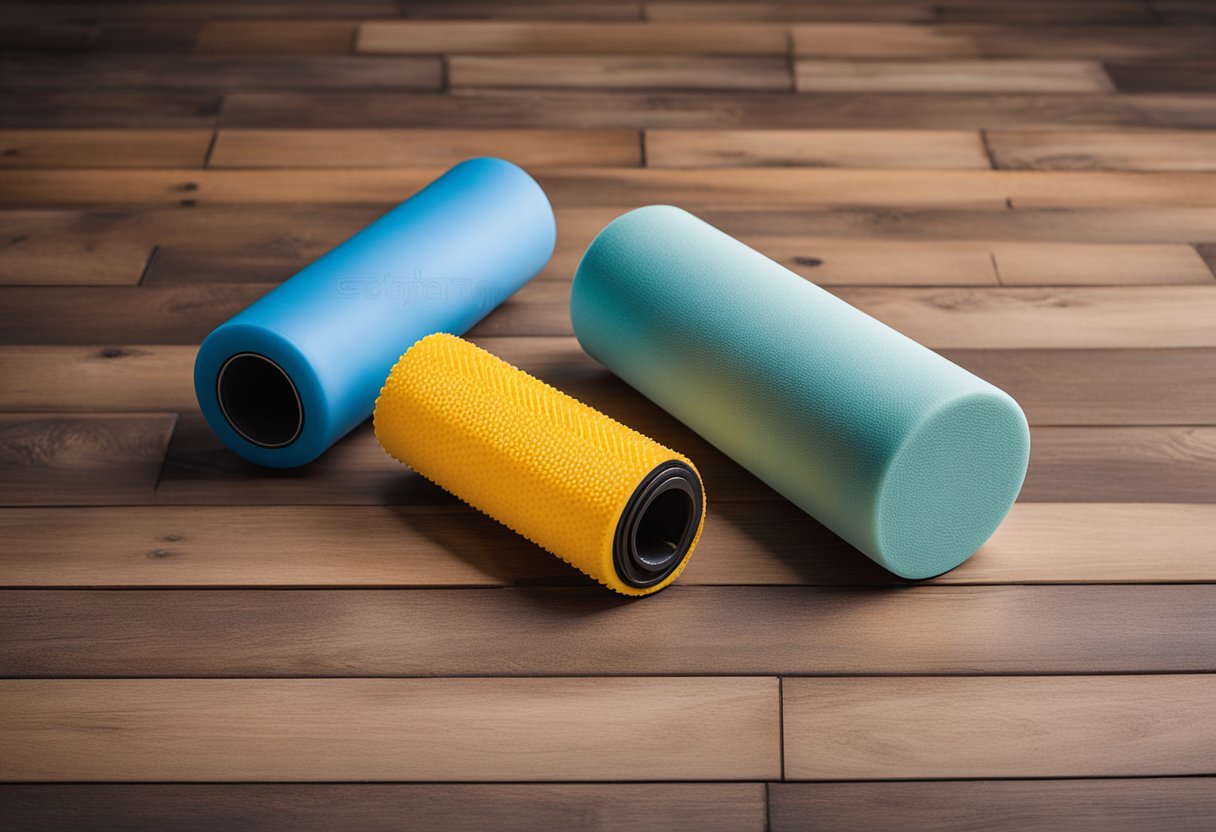
If you’re experiencing pain and discomfort in your shins, foam rolling can be a game-changer. Here are some benefits of foam rolling for shin splints:
1. Increased blood flow: Foam rolling can help increase blood flow to your muscles, which can help reduce inflammation and promote healing. This is especially important for shin splints, which are often caused by overuse and inflammation.
2. Myofascial release: Foam rolling can help release tension and tightness in your muscles and fascia, which can help reduce pain and discomfort. Myofascial release is a technique that involves applying pressure to specific areas of the body to release tension and improve mobility.
3. Relaxation: Foam rolling can also help you relax and unwind after a tough workout or a long day on your feet. It can help reduce stress and tension in your muscles, which can help you feel more relaxed and less anxious.
4. Cost-effective: Foam rolling is a cost-effective way to manage shin splints. You don’t need any special equipment or expensive treatments to get the benefits of foam rolling. All you need is a foam roller and a few minutes a day to roll out your shins.
5. Easy to do: Foam rolling is easy to do and can be done almost anywhere. You can do it at home, at the gym, or even at work. All you need is a flat surface and your foam roller.
Overall, foam rolling is a great way to manage shin splints and promote overall muscle health. By incorporating foam rolling into your daily routine, you can help reduce pain and discomfort in your shins and improve your overall mobility and flexibility.
How to Roll Shin Splints
If you’re experiencing pain in your shins, it may be due to shin splints. One effective way to alleviate this pain is by rolling your shins with a foam roller. Foam rolling helps to loosen tight muscles and improve circulation in the affected area. Here’s how to do it:
-
Positioning: Kneel on the floor and place a cylindrical piece of foam roller in front of you. Place your hands on the top of the foam roller. Shift your weight backward, bending your ankles so that your body weight is resting on the balls of your feet. Your knees should be bent and elevated. You should feel a gentle calf stretch.
-
Rolling: Bring the foam roller under your shins. Slowly roll the foam roller up and down your shins, avoiding the knee and ankle joints. If you find a tender spot, pause and apply pressure to that area for a few seconds. This will help to release any tension or knots in the muscle.
-
Frequency: Repeat this process for 1-2 minutes per leg, 2-3 times per day. This will help to loosen up the muscles and alleviate pain.
-
Video: If you’re unsure about how to foam roll your shins, you can watch a video tutorial for guidance. There are many helpful videos available online that demonstrate proper foam rolling technique.
Foam rolling is a simple and effective way to alleviate pain from shin splints. By following these steps, you can loosen tight muscles and improve circulation in the affected area. Remember to roll gently and avoid putting too much pressure on the knee and ankle joints. With consistent foam rolling, you can reduce pain and get back to your regular activities.
Exercises for Shin Splints
If you’re experiencing shin splints, it’s important to take a break from high-impact activities like running and focus on exercises that can help you heal and prevent future injuries. Here are some exercises you can do to help alleviate your shin splints:
1. Stretching
Stretching is an essential part of any exercise routine, especially for those who experience shin splints. Try these stretches to help loosen up your calf muscles and reduce pain:
- Toe taps: Sit with your legs straight out in front of you and your feet flexed. Tap your toes up and down as quickly as you can for 30 seconds.
- Calf stretch: Stand facing a wall with your hands on the wall at shoulder height. Step back with one foot and press your heel into the ground. Hold for 30 seconds and switch sides.
- Ankle circles: Sit with your legs straight out in front of you and your feet flexed. Rotate your ankles in circles for 30 seconds in each direction.
2. Strength Training
Strengthening exercises can help improve the strength of your lower leg muscles, which can help prevent shin splints. Try these exercises:
- Calf raises: Stand with your feet shoulder-width apart and your hands on your hips. Raise up onto the balls of your feet and hold for a few seconds before lowering back down.
- Single-leg bridge: Lie on your back with your knees bent and your feet flat on the ground. Lift one leg off the ground and raise your hips up towards the ceiling, holding for a few seconds before lowering back down. Switch legs and repeat.
3. Cross-Training
Cross-training can help you stay active while giving your shins a break from high-impact activities. Try these low-impact exercises:
- Swimming: Swimming is a great low-impact exercise that can help improve your cardiovascular health and strengthen your muscles.
- Biking: Biking is another low-impact exercise that can help you stay active without putting too much stress on your shins.
Remember to always listen to your body and take breaks when you need to. With these exercises, you can help alleviate your shin splints and prevent future injuries.
Role of Muscles in Shin Splints
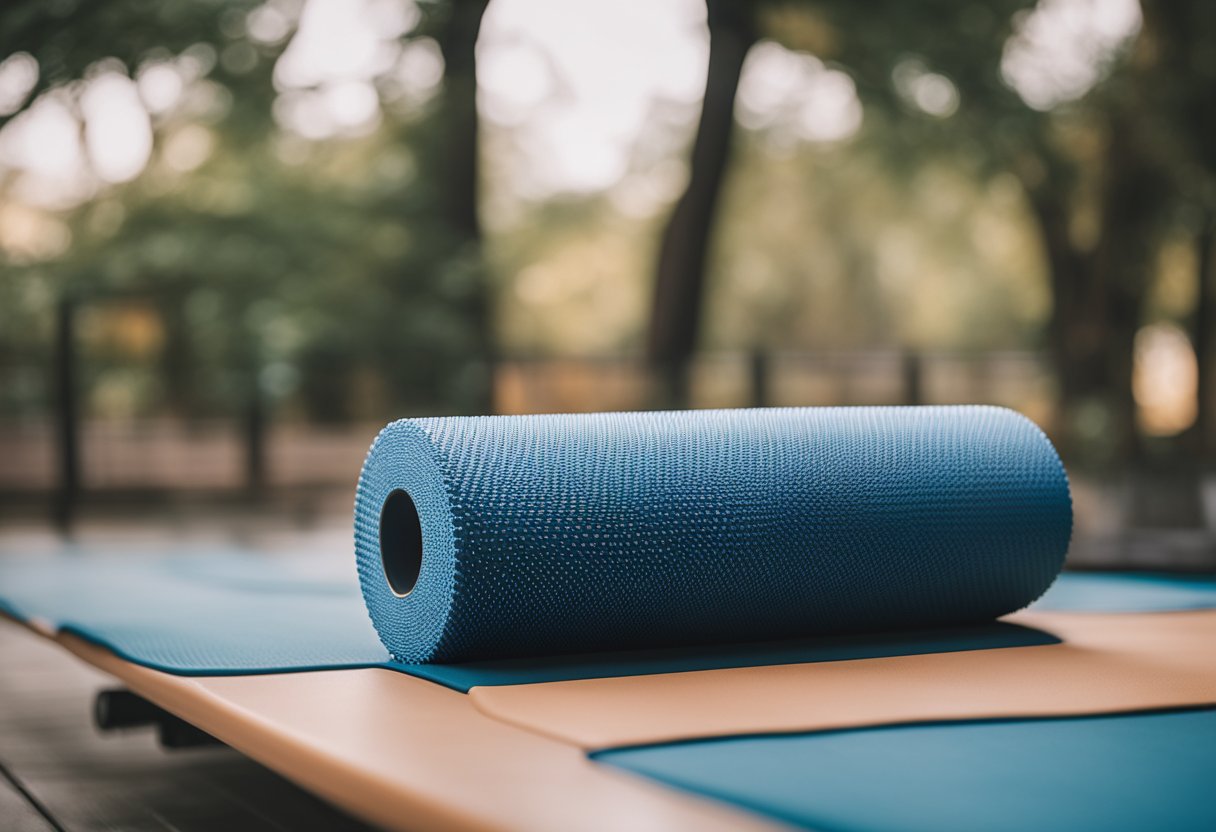
If you’re experiencing pain along the tibia bone in your shin, you may have shin splints. Shin splints are often caused by the inflammation of structures surrounding this region of the leg, which includes the muscles, tendons, and periosteum of the bone.
Several muscles are involved in shin splints, including the anterior tibialis, gastrocnemius, soleus, calf muscle, soleus muscle, hamstrings, tibialis anterior, and stabilizing muscles. These muscle groups work together to stabilize your foot and ankle, prevent it from rolling in too much, and help you move forward.
When these muscles become overused or fatigued, they can develop a muscle knot, which can cause pain and inflammation. The muscle knot can also lead to compression of the nerves and blood vessels in the area, which can worsen the pain.
To prevent shin splints, it’s important to strengthen the muscles in your legs, core, and ankles. Exercises that target the quads, glutes, and stabilizing muscles can help reduce the strain on your shins. Additionally, stretching and foam rolling can help loosen up tight muscles and prevent muscle knots from forming.
Foam rolling your shins, in particular, can provide deep tissue relief to the sore muscles along your shinbones. To foam roll your shins, kneel on the floor and place a foam roller in front of you. Shift your weight backward, bending your ankles so that your body weight is resting on the roller. Roll up and down the length of your shins, focusing on any areas that feel particularly tight or sore.
By taking care of your muscles and incorporating exercises that strengthen and stretch them, you can prevent shin splints and keep your legs healthy and pain-free.

